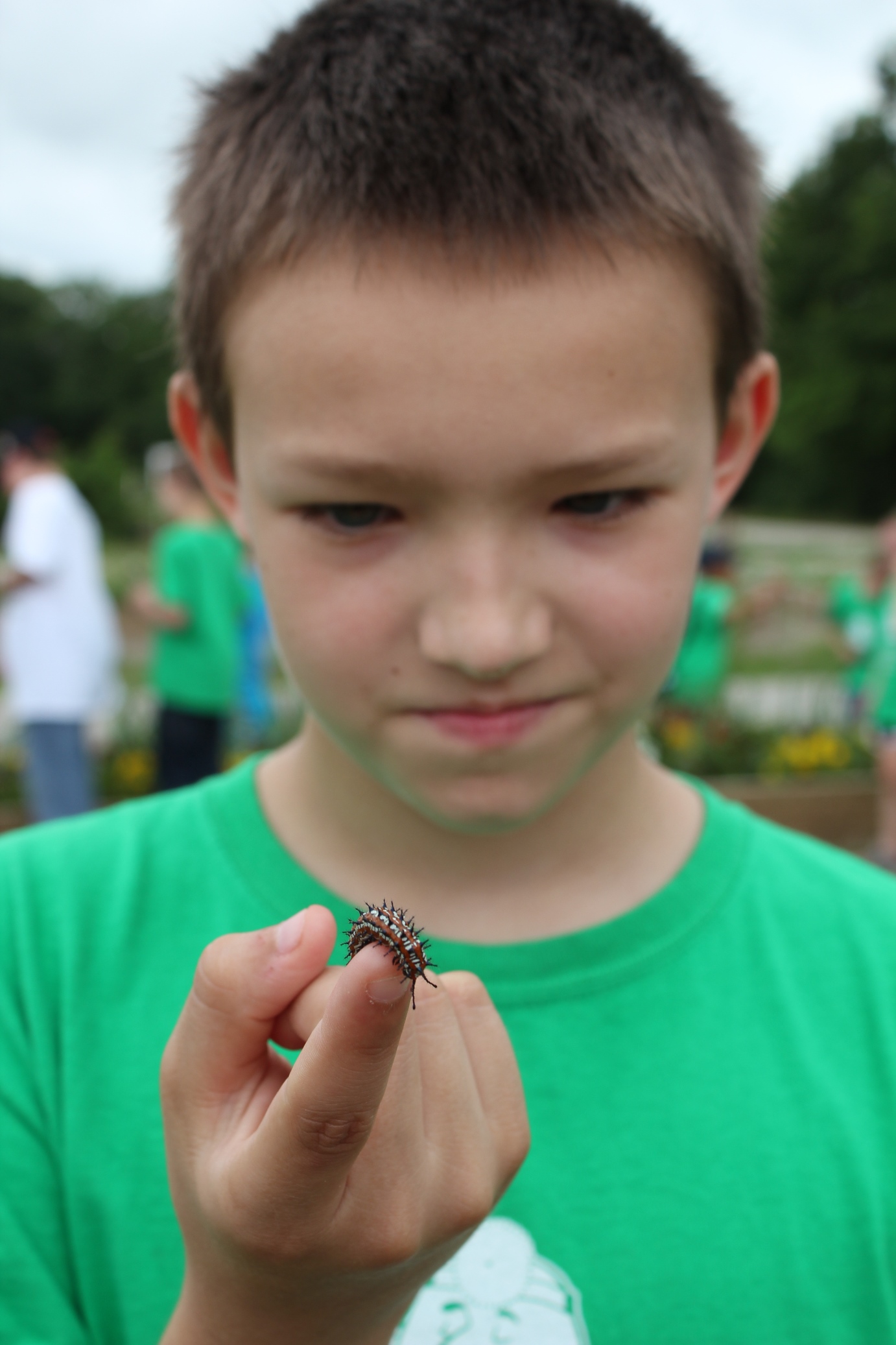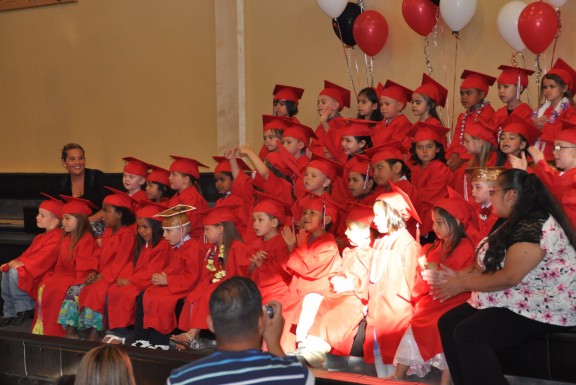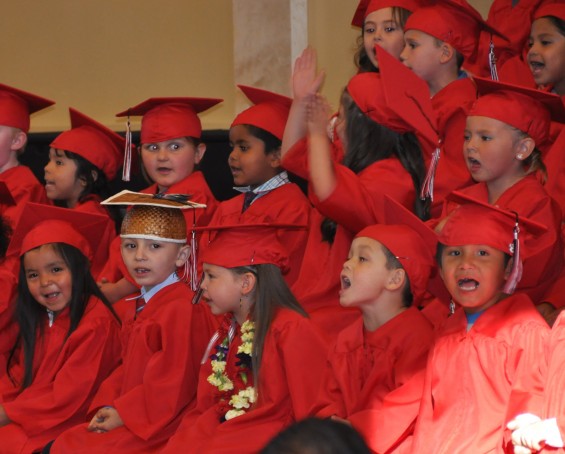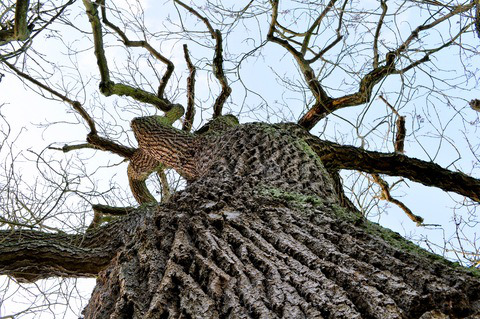Darwin Hill
Statement Of Umbrella Groups National Congress Of American Indians, United South And Eastern Tribes, And California Association Of Tribal Governments, 72 Indigenous Nations and Seven Indigenous Organizations
Twelfth Session of the United Nations Permanent Forum on Indigenous Issues
(May 28, 2013)
Agenda Item: 6. Discussion on the World Conference on Indigenous Peoples
Speaker: Darwin Hill, Tonawanda Seneca Nation
By the Navajo Nation, Yurok Tribe, Hoopa Valley Tribe, Tonawanda Seneca Nation, Quinault Nation, Citizen Potawatomi Nation, Central Council of Tlingit and Haida Indian Tribes of Alaska, the Confederation of Sovereign Nanticoke-Lenape Tribe (including Nanticoke Lenni-Lenape Tribal Nation, Lenape Indian Tribe of Delaware, and the Nanticoke Indian Tribe of Delaware), the Crow Nation, Ewiiaapaayp Band of Kumeyaay Indians, Jamestown S’Klallam Tribe, Mashantucket Pequot Tribal Nation, Nez Perce Tribe, Shoalwater Bay Tribe, Sisseton Wahpeton Oyate, the National Congress of American Indians, California Association of Tribal Governments (32 Tribes), United South and Eastern Tribes (26 Tribes), the Native American Rights Fund, the Indian Law Resource Center, National Native American AIDS Prevention Center, Papa Ola Lokahi, the Native Hawaiian Health Board, Americans for Indian Opportunity, and the Self-Governance Communication and Education Tribal Consortium.
This statement is made by 72 Indian nations located in the United States and acting through their own governments. Also joining in this statement are ten Indian and Hawaiian Native organizations. The indigenous governments making this statement speak for their citizens or members totaling more than 515,000 indigenous individuals. These nations govern more than 19 million acres of territory, and we own more than 16 million acres of land.
We believe that the World Conference on Indigenous Peoples is an important opportunity for the United Nations to take much-needed action to advance the purposes of the Declaration on the Rights of Indigenous Peoples, especially to promote the implementation and realization of fundamental rights. Despite the shortcomings of the process, creative and effective action must be taken by the United Nations to press for implementation of the Declaration’s principles, since violations of indigenous rights are actually increasing in many parts of the world. Violence on a horrific scale is being inflicted on indigenous communities, and increasingly it is inflicted on indigenous women, as recently reported by the Permanent Forum’s own Study on the extent of violence against indigenous women and girls and by the Continental Network of Indigenous Women of the Americas.
Without adequate implementing measures by states as yet, the Declaration is having little significant effect in reducing human rights violations against indigenous peoples, and violations appear to be increasing in many countries. Some states profess support for the Declaration, but in practice they ignore the Declaration’s requirements. The increased incidence of adverse actions violating indigenous rights is apparently due in part to growing pressures from climate change, increased demand for energy, and increased competition for natural resources in indigenous territories.

Rex Lee Jim (left), Vice President of the Navajo Nation and Darwin Hill, Chief of the Tonawanda Seneca Nation, participate at the UN Permanent Forum on Indigenous Issues.
Sadly, we cannot yet say that the Declaration has reduced the attempts to destroy indigenous cultures and societies, or the taking of indigenous homelands and resources, or the economic marginalization of indigenous peoples. Without effective implementing measures and without international monitoring of indigenous peoples’ rights, the purposes of the Declaration cannot be achieved.
Our greatest concern is for the physical security of our people, especially women, and of our homes. Our right of self-determination is our most important right – it is the right that makes all other rights possible – and it is also our right that is most at risk – most likely to be violated. Our lands and resources and the ecosystems where we live are most precious to us because they are essential to our existence. We believe that United Nations action is critical to addressing these rights and all of the rights in the Declaration.
We offer three recommendations for action that we hope can be adopted by the World Conference.
First, we recommend that the United Nations establish a new body responsible for promoting state implementation of the Declaration on the Rights of Indigenous Peoples and monitoring states’ actions with regard to indigenous peoples’ rights. At least four regional indigenous caucuses have now made the same or a similar recommendation. Such a monitoring and implementation body must have a mandate to receive relevant information, to share best practices, to make recommendations, and otherwise to work toward the objectives of the Declaration. Such an implementing and monitoring body would do more than anything else to achieve the purposes of the Declaration and promote compliance with the Declaration.
Second, we recommend a three-pronged course of action to address the problem of violence against indigenous women:
a. A decision to convene a high-level conference to examine challenges to the safety and well-being of indigenous women and children and to share perspectives and best practices.
b. A decision to require that the UN body for monitoring and implementing the Declaration (recommended above) give particular attention, on at least an annual basis, “to the rights and special needs of indigenous . . . women, youth, children and elders . . . in the implementation of the Declaration”; and
c. A decision to appoint a Special Rapporteur to focus exclusively on human rights issues of indigenous women and children, including but not limited to violence against them and on changing state laws that discriminate against them.
Finally, we recommend that action be taken to give indigenous peoples, especially indigenous constitutional and customary governments, a dignified and appropriate status for participating regularly in UN activities. Indigenous peoples deserve to have a permanent status for participation in the UN that reflects their character as peoples and governments. This is a problem that has already been studied and examined within the UN system, and now it is time to take action at last so that indigenous peoples do not have to call themselves NGOs or depend upon ad hoc resolutions to be able to participate in UN meetings, processes, and events.
The full text of our recommendations is available on the web at www.indianlaw.org, and on paper in the meeting room.
We have begun conversations with states about these recommendations, and we look forward to speaking with as many state delegations as possible. We are also talking with other indigenous peoples and we are eager to hear the ideas of others. We are not inflexible about precisely what actions should be taken by the UN, and we hope that broad agreement can be reached about the general principle or idea of each of these recommendations. When the World Conference on Indigenous Peoples 2014 has decided to take action, then it will be necessary to create inclusive processes, with the full participation of indigenous peoples and indigenous governments, to elaborate these decisions and put them into effect.
We call upon all countries to make a commitment for action to implement the Declaration and to support these modest and workable recommendations for UN action.
Thank you.
Darwin Hill is Chief of the Tonawanda Seneca Nation.
Read more at http://indiancountrytodaymedianetwork.com/2013/06/14/recommendations-72-indian-nations-and-others-world-conference-indigenous-peoples



















